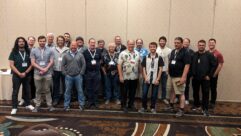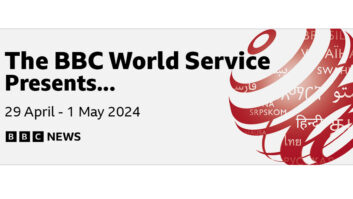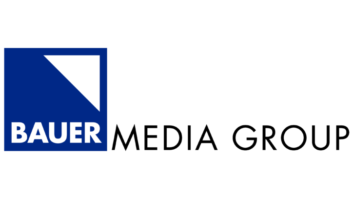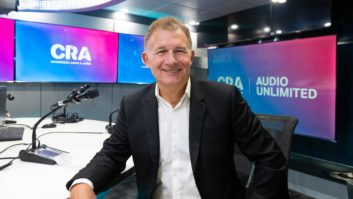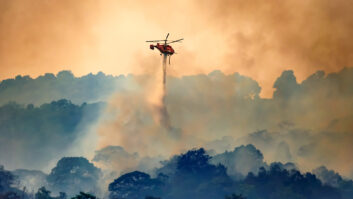Recently, Ben Poor, creative technologist atGlobal Radio, was kind to answer some questions I had about RadioDNS and its deployment by Global. �(This is the second half of the interview: please seehttp://www.radiomagonline.com/around-the-world/0020/poor-explains-radiodns-implementation/37111for the first.)
Doug Irwin: What receiver makes/models are in the field for listeners?�
Ben Poor: There have certainly been devices in Europe available mass-market for a number of years that use elements of the RadioDNS technologies��especially for visual and textual information (RadioVIS) and program guides (RadioEPG). Global also have used RadioVIS for its own mobile apps, and RadioEPG for a range of uses, including providing data to third parties (e.g. TuneIn).
I�am aware of a number of device manufacturers using the new RadioDNS-based specifications (now that they’re international standards, which helps), although Nick might be able to give you specific manufacturers and models.�
From a Global perspective, having a single-capable solution dramatically reduces the cost in terms of technology and human resource���we can plan our systems around a single and agreed set of technologies, and provide metadata and feeds in a single format. Rather than having to manage each and every stream directory aggregator we now just point them towards our RadioDNS information. They can then use this information in their own proprietary ways to send information to their own devices, or other manufacturer�s devices. The important thing is that it is easy for the Broadcaster to set this uponce and then make that information available to everyone.�
DI: Can you relate any stories about implementation?� Difficulties?� Or, was it very easy?
BP: The technology and implementation is necessarily very straightforward and easy to implement, certainly to fulfill the minimum requirements. The hardest part for me was ensuring that we had a set of technologies that were easy to and open to participate in � so just as possible for the tiny broadcaster as it was to the largest conglomerate. The same for how devices would consume any information � it should work for the variety of device profiles, and how different third parties would use the information.
So a lot of thought and work by the community means that it is very simple to implement. It then allows the larger or more capable broadcasters to provide more information, or add additional functionality, but it doesn’t mandate them to do that.
For example, a broadcaster can add geographical information to their service or program information � this will allow more timely and accurate lookup by a device, which would mean that switching between its FM, Digital and IP platforms would be quicker and more reliable. That means a better listener experience. There are a number of places in which a Broadcaster can enable that better experience, should they wish to.
Global has a large set of data that we wish to open up in an automated way that fits in with our processes, but it�s possible to create a small amount by hand if so desired and place that on a web server. That�s all you need to get involved.
Of course, it also means that there should be devices that use this information, which opens up conversations between broadcasters and device manufacturers, individually and across the whole industry. Now we have a platform on which to build those conversations, and perhaps even find some new ways that listeners can consume our audio, or new ways in interacting with them. The power of RadioDNS is in the ways that we are linking up broadcaster, device manufacturer and listener in a way that is meaningful to all three, but also largely transparent.
Look for a more detailed article about RadioDNS soon in the December issue of the magazine.



